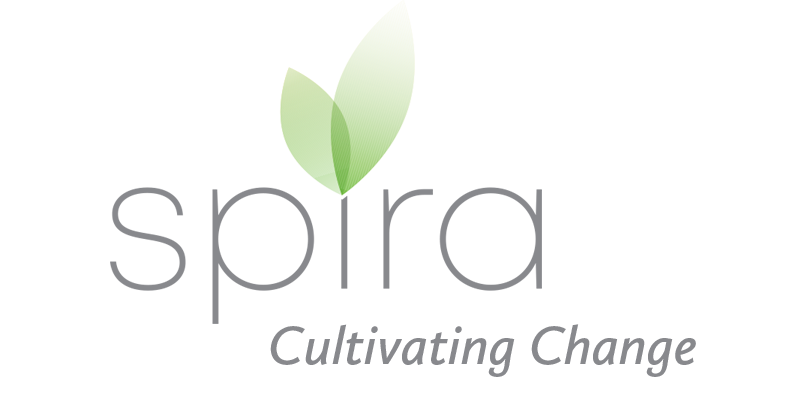Plastic free July - what does it really teach us?
Plastic Free July has ended, but does it really make a difference?
For those who undertake the Plastic Free July (or every day) challenge, the struggle is real. Plastic is everywhere and so too are family compromises (or arguments) on what products to give up. Because most people can survive a month without mass consumption of items that are wrapped in or made of plastic, like a new item of clothing or electronic device, the main things that hit people hard in Plastic Free July, are fast moving consumer goods like food, which of course you need daily. And because of how efficiently our food system works these days at getting products from all around the world to shelves in front of you even in remote country towns, plastic packaging is king.
There are now many advantages for food businesses of plastic: increasing shelf life of food, it weighs less so transportation costs and greenhouse gas emissions associated with shipping can be lowered, and generally it’s cheaper. So the business case is strong and should not be forgotten, especially where food businesses get quite a lot of criticism for their packaging. For some, choosing a package that increases the shelf life of food without the need for preservatives and additives is a strong product improvement argument. Some food businesses (… not all) are already actively working on their environmental goals and packaging may not be number one this year. They may be working on it and working towards it in research and development, with reduction in chemicals in their manufacturing facility, conversion to renewable energy, or increasing transparency in their supply chain being this year’s priority. It’s important to understand this and the full picture. Of course, as a consumer, you can’t get under the hood of every food business and understand what they’re up to. You just see the product on their shelf.
Concern about plastic waste is now the number one environmental issue on New Zealander’s minds. 72 % of kiwis state that the build up of plastic waste in the environment concerns them, according to the Colmar Brunton Better Futures Report (2019). Food businesses can no longer ignore that.
So let’s flip this around for a moment. Businesses that proactively choose NOT to use plastic are going against some pretty strong commercial and in some cases, product arguments but they are supported by consumer research. They are making decisions that take time and money for their business because they also care about the build up of plastic in the environment and their customers concerns. Some are even going one step further and are pro-actively choosing to apply the concept of extended producer responsibility.
Let’s talk a bit about that. This is where the producer’s responsibility for a product is extended to beyond just it’s production, but to the post-consumer phase of the product’s life. Once you as consumer have bought that jar of jam, the maker continues to be responsible for that jar, and ensures that there is recycling or reuse /return options available for you as the consumer. They are responsible for that jar until it’s new life. We see this with effective drinks companies in the EU where plastic or glass bottles are returned to point of sale by the consumer and the drinks companies (collectively) work towards refunding the consumer and then reusing or recycling those products. The key is it often takes a collective approach, which is not easy where competitive brands are at play. The best examples are usually at your farmers market, or local food stores like the Plastic Free Pantry, who has a deposit on jars that are then returned, sterilised and reused by them for the next plastic free customer.
We are also seeing a rise in alternative packaging, including home compostable. You need to be clear with where the package can be compostable or it is sent to landfill. Labels need to explain this to consumers or you are just creating an even bigger problem, so do your research. See the useful WasteMinz guidelines.
For food producers, understanding these concepts and working towards applying them is what you are going to need to do to address your consumer’s concerns and your own responsibility for the environment. For consumers, look for brands who have taken the time and money to care and then do your bit to support them so they stay in business, even if it costs more. Understanding why it costs more to take the plastic free option is important.


